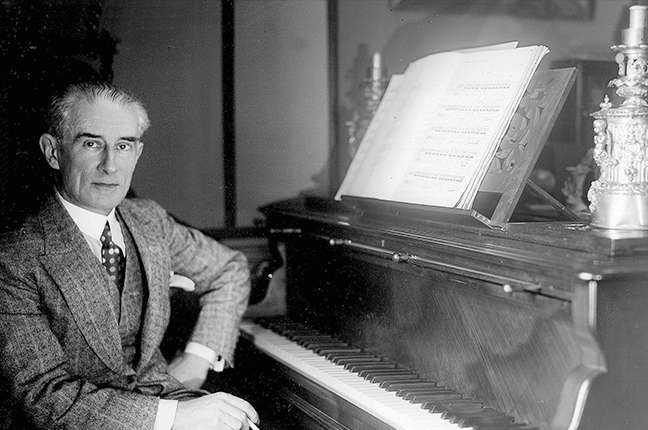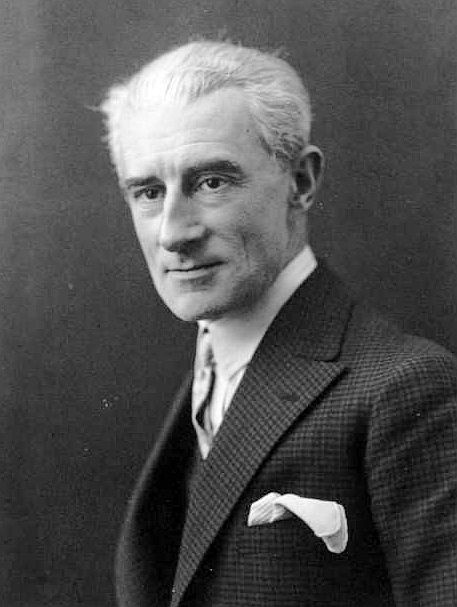Introduction:
Maurice Ravel, one of the most influential composers of the 20th century, left an indelible mark on classical music with his innovative compositions. Renowned for his meticulous attention to detail and enchanting melodies, Ravel’s music continues to captivate audiences around the world. In this blog post, we delve into the treasure trove of Ravel’s repertoire to present the ten best songs that showcase his exceptional artistry and musical genius.
- “Boléro” (1928): Undoubtedly Ravel’s most famous composition, “Boléro” is a mesmerizing orchestral piece that builds gradually, layer by layer, to an exhilarating climax. Its repetitive rhythm and hypnotic melody leave a lasting impression, making it an unforgettable masterpiece.
- “Pavane pour une infante défunte” (1899): With its hauntingly beautiful melody, “Pavane pour une infante défunte” takes listeners on a melancholic journey. Ravel’s ability to evoke profound emotions through his music is showcased wonderfully in this exquisite piano piece.
- “Daphnis et Chloé” (1912): Composed as a ballet, “Daphnis et Chloé” boasts lush orchestration and evocative themes. It is a grand masterpiece that exhibits Ravel’s mastery of orchestral color and his ability to create vivid musical narratives.
- “Jeux d’eau” (1901): Translated as “Fountains” or “Playing Water,” “Jeux d’eau” is a virtuosic piano piece that captures the essence of flowing water. With its cascading arpeggios and shimmering harmonies, Ravel paints a vivid picture of water in motion.
- “Ma mère l’Oye” (1908): “Ma mère l’Oye” (Mother Goose) is a delightful suite originally composed for piano four hands and later orchestrated. Inspired by fairy tales, this enchanting work weaves a tapestry of whimsical melodies, transporting listeners to a world of magic and imagination.
- “La Valse” (1920): A breathtaking orchestral whirlwind, “La Valse” is a tour de force that showcases Ravel’s masterful command of orchestration and his ability to create an atmosphere of both elegance and chaos. It is a dynamic and exhilarating piece that pays homage to the Viennese waltz tradition.
- “Le Tombeau de Couperin” (1917): Originally composed for solo piano, “Le Tombeau de Couperin” is a poignant tribute to the Baroque era. Each movement is dedicated to a fallen friend of Ravel during World War I, and the suite showcases Ravel’s skill in blending classical forms with his own unique style.
- “Gaspard de la nuit” (1908): Considered one of the most challenging piano compositions ever written, “Gaspard de la nuit” is a three-movement suite inspired by a collection of poems by Aloysius Bertrand. It demands exceptional technical prowess from the performer and offers a dark and fantastical musical experience.
- “String Quartet in F major” (1903): Ravel’s String Quartet in F major is a remarkable example of his chamber music expertise. Each movement demonstrates his skillful craftsmanship and ability to blend rich harmonies with intricate counterpoint, resulting in a work of profound beauty and emotional depth.
- “Sonatine” (1905): Closing our list is “Sonatine,” a delightful and concise piano work that showcases Ravel’s signature style. This piece displays his delicate touch, imaginativeharmonies, and impeccable craftsmanship, encapsulating the essence of Ravel’s musical language.
Conclusion:
Maurice Ravel’s contribution to the world of classical music is unparalleled. His ability to create intricate melodies, rich harmonies, and vivid musical landscapes is evident in each of his compositions. From the iconic “Boléro” to the enchanting “Pavane pour une infante défunte” and the evocative “Daphnis et Chloé,” Ravel’s repertoire is a testament to his exceptional artistry and enduring legacy.
The ten songs mentioned in this blog post merely scratch the surface of Ravel’s extensive catalog. Exploring his works further will undoubtedly reveal even more hidden gems that showcase his boundless creativity and musical prowess. So, dive into the enchanting world of Maurice Ravel’s music, and let his melodies transport you to a realm of beauty and imagination.


Comments are closed